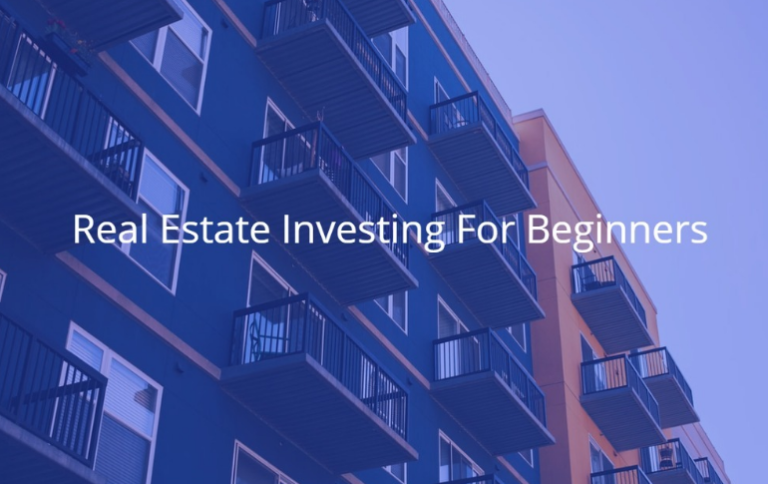Asset Classes: What Are They and What Are The Differences?

Learn everything you need to know about the different asset classes that you can use to make money.
One easy way to simplify the investment process is to look at it more as to where and how you will generate wealth.
There are many different ways to generate wealth of course, but when you are investing, there are just two very basic ways to make money.
The first is through income and the second is through capital appreciation. The industry lingo for these wealth generation methods is called Income and Growth, which correspond with the asset classes we will outline here.
But before we get to those different asset classes, let’s remember that generating wealth is not the only thing that people want. Many investors simply want to preserve it, and they may want this for a variety of reasons.
That brings us to another asset class where wealth is preserved. We call this asset class Cash Equivalent. Here is what each of those asset classes looks like, listed from low risk to high risk.
Cash Equivalent – Asset Class

In the Cash Equivalent asset class, investors will hold securities that will not necessarily return any interest at all, not even earning them a cent for the money they put aside in this class.
But when you are investing in cash, that’s okay because the primary purpose of investing this way is to make sure that the money you invest is both easily accessible and better than safe (like money in a checking account or treasury bill).
This asset class is ideal for people with a short-term investment horizon, usually under 3 years.
The Income Asset Class

The easiest way to generate wealth is through earning income. We do this every day in our jobs.
Long ago, earning a wage from a company was the easiest way to build wealth – people saved their money to buy other assets like land or property and this property eventually appreciated.
Today, we use this income to quality for mortgages and get ourselves into debt, so the income we earn is mostly used for paying off our debts or putting money aside for long-term needs like retirement (hey, it doesn’t make sense to live at home until we are 60 and can finally afford that house for our family).
The same holds true when generating wealth.
Once you can use your investment dollars to earn an income, such as through bonds, mortgages, preferred stocks, or other income-generating securities, then that income can be used to invest in other securities so that, over the long term, you have amassed some form of wealth.
In this asset class, securities generate income, usually at a slower and steadier pace than the growth asset class but at a better rate than cash, which typically generates less than the cost of living.
The Growth Asset Class

The term we most often associate with true wealth generation is growth. In this class, investors worry very little about getting an income or even keeping their investment safe.
They just want to buy something today at a low price and sell it at a much higher price. The difference between the two is the growth and often these types of investments are highly speculative or risky.
This is how many people build wealth, but it is also how many people lose what wealth they do have too. So caution is always well advised.
Of course, within these three basic asset classes are sub-classes and even they also incorporate specialty classes as well.
So an income class investment, which might typically involve less risk than growth could actually have more risk associated with it than a lower-risk growth investment.
An example of this would be an emerging market high yield bond (Income) versus an appreciating-dividend blue-chip growth mutual fund (growth).
So it is never as simple as simply saying “I want some Income and a little more growth with a bit of cash sprinkled in there for representation.”
Over the coming weeks, we will take a closer look at these asset classes and give some real-world examples of each, starting with the Income Class. So stay tuned, you will be glad you did!







Im curious about those asset classes; gonna check it out later.
Cash is my go-to, keeps things steady and secure.